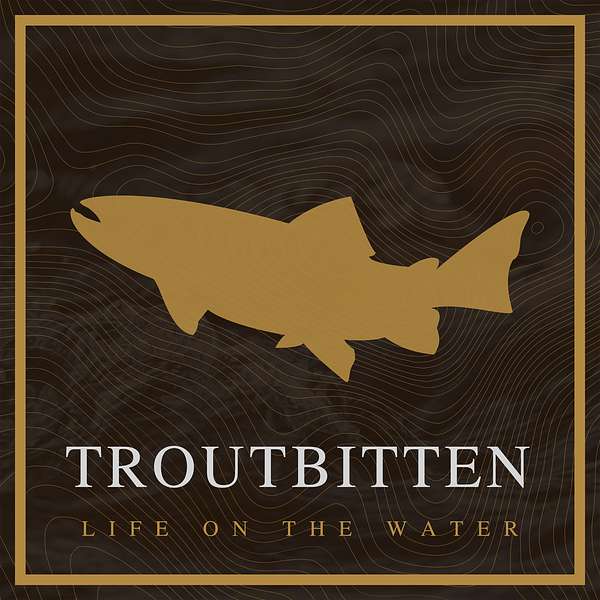
Troutbitten
Life on the water. Troutbitten is a deep dive into fly fishing for wild trout in wild places. Author and guide, Domenick Swentosky, shares stories, tips, tactics and conversations with friends about fly fishing through the woods and water. Explore more. Fish hard. And discover fly fishing at Troutbitten.com — an extensive resource with 1500+ articles about trout, friends, family and the river.
Troutbitten
Streamer Presentations -- All About the Head of the Fly
The longer we toss around streamers, the more we realize that it’s the most subtle changes in presentation that make a difference. Faster or slower? Sure. But how about letting the fly free fall in the current? What about a slight cross lead before reestablishing a strike-zone path in one seam? Or let’s try sliding a streamer off the bank with a broadside look, because that often draws a strike when nothing else does.
I think most anglers start fishing streamers by casting and stripping, keeping it simple at first. And that works. But as time goes by, we realize how much control we truly have over the streamer. And we learn that making it dance, swoon or dart can bring trout charging and crashing into the fly.
Understand this: What we do with a streamer, the motions we give it and the manipulations we perform with the rod or the line start with the head of the streamer. That’s what we’re moving.
Trout care about the head position of a streamer. They recognize the head, and they feed in a way that is different from nymphs, wets or dry flies. The other fly styles are too small for a trout to care about where the head is. But there is no doubt that trout are keenly aware of the head of a baitfish. That is their target. And while chasing a moving food form, trout certainly recognize where the head is and where that food is going next.
So as streamer fishermen, we should consider the head as well, because all of our animations to the fly start there. It’s our attachment point to the fly. And what we do with the rod or the line hand directly affects the head of the streamer first. It’s how we bring the fly to life.
In this episode, we talk about the head orientation of the streamer in the water — how the streamer moves with the currents or against them, and what looks more natural vs what might look more attractive. We also dig into what added weight does to the head of a streamer, how that affects the action and how that limits or enhances the presentation styles that we have available.
We Cover the Following
- What head angle converts the most fish in the net?
- What head angle brings the most interest?
- Do trout eat the head first?
- What head angle looks like a baitfish that is holding, fleeing, dying?
- How weight in the head affects the fly and the presentation
Resources
READ: Troutbitten | Category | Streamers
READ: Troutbitten | The Old School Streamer Thing
READ: Troutbitten | Streamer Presentations -- The Head Flip
READ: Troutbitten | The Meat Eater Minority -- Streamer Fishing Myth vs Truth
READ: Troutbitten | Streamer Presentations -- The Cross Current Strip
Visit:
Troutbitten Website
Troutbitten Instagram
Troutbitten YouTube
Troutbitten Facebook
Thanks to TroutRoutes:
Use the code TROUTBITTEN for 20% off your membership at
https://maps.troutroutes.com
Thanks to Skwala
Use the code, TROUTBITTEN10 for 10% off your order at
https://skwalafishing.com/